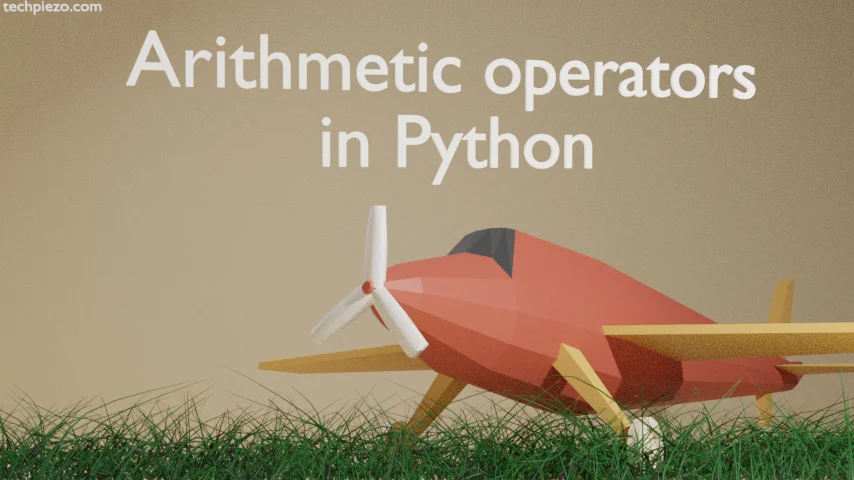
In this article, we would cover Arithmetic operators in Python. These help us perform certain mathematical operations – Addition, Division, Exponentiation, Floor Division, Modulus, Multiplication and Subtraction.
Arithmetic operators in Python
We use two variables x and y here, which would be common for all except for few.
x = 100 y = 10
I. Addition (+) – sum of two numbers.
print(x+y)
It would result in –
110
II. Division (/) – to split a larger part into smaller equal parts.
print(x/y)
It would return with –
10.0
III. Exponentiation (**) – raise x to the power the of y i.e. xy
print(x**y)
Output –
100000000000000000000
IV. Floor division (//) – Pretty similar to regular division we do. But, there is a difference. It results in outcome which gets rounded-off to the greatest possible integer. Here, we need different variables a and b.
a = 24 b = 7 print(a//b)
It would result in –
3
But, what if a is equal to 27 –
a = 27 b = 7 print(a//b)
Again, it would return with –
3
Clearly, we can see how its rounds-off the outcome (i.e. 3.42 and 3.85) to the greatest integer value (i.e 3).
V. Modulus (%) – It returns the remainder of division. Again, using different variables a and b.
a = 25 b = 7 print(a%b)
It would result in –
4
VI. Multiplication (*) – product of two numbers.
print(x*y)
It would return with –
1000
VII. Subtraction (-) – difference between two numbers.
print(x-y)
Output –
90
In conclusion, we have discussed arithmetic operators in Python here.




